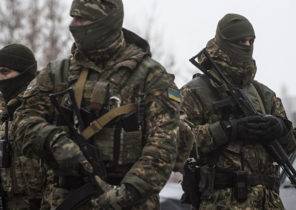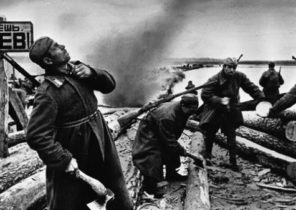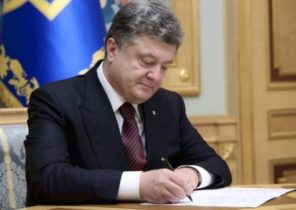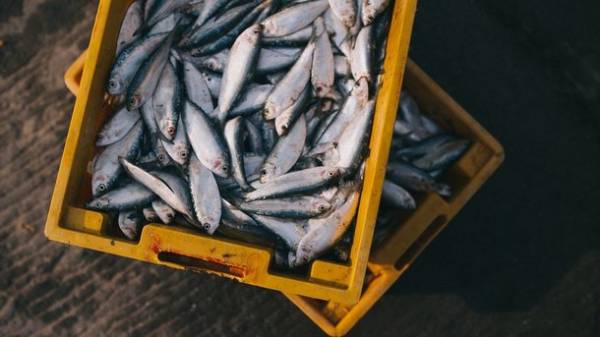
Ukrainians will eat less fish, according to experts. Last year the menu of the average inhabitant of Ukraine was less than 10 kg of fish with a rational norm of consumption is about 20 kg per year. So, according to the food and agriculture organization of the UN (FAO) the annual average global consumption of fish and fish products is around 19,7 kg per person per year, writes UBR.
International and national recommendations assume the use of fatty sea fish at least twice a week. River and lake fish are an alternative to meat.
However, as the Executive Director of the NGO “Economic discussion club” Oleg Pendzin, Ukrainians fish can not afford. According to experts, the situation is aggravated by the fact that in our domestic shops rarely sell river fish. “The price trend for fish products will continue and in 2017, because Ukraine is unable to provide them in full,” predicts Oleg Pendzin.
According to the Director of the Association “Ukrainian importers of fish and seafood” Dmitry Zagumennov, 80% of the fish on the Ukrainian market is imported. Although the fish catch in inland waters is increasing, our country remains import-dependent.
“In the past year, the import of fish, according to official statistics, increased by 30%,” — said zagumennov.
According to the company Pro-Consulting, approximately 86% of total imports last year accounted for frozen fish and fillets. Taking this product most often from Norway (22%), Iceland (16%), Estonia (9%), Canada (8%) and USA (7%).
However, as recognized by the Association of importers of fish, the increase in imports is due primarily to the low base in the crisis year of 2015. Due to the prolonged economic crisis Ukrainians began to consume less expensive varieties of fish, such as salmon and trout. The volume of import of cheap fish, on the contrary, increased. This is primarily sprat and herring shipped from Estonia.
“There are fish became smaller. The increase in the number of internal catch, due to the peculiarities of the Ukrainian statistics. The gradual elimination of the shadows of the fish market in Ukraine led to a rise in the official figures (white import through Odessa and monitoring of catches of inland waters), although in reality the volume has not increased,” — said the Director of the Association of retail suppliers Oleksiy Doroshenko.
According to him, the demand for the cheap fish. “Because of falling demand, the suppliers have cut the range to the most running positions,” — said the Association of suppliers of retail chains.
Where such prices
According to the Association “Ukrainian importers of fish and seafood, main varieties of frozen fish that come to Ukraine:
- herring (the average retail price of 50 UAH/kg);
- Hyuk (61 UAH/kg);
- mackerel (90 UAH/kg);
- herring/capelin (20/44 UAH/kg);
- salmon (172-375 UAH/kg).
“Many people think that high prices importers of fish earn profits. But when demand is low, it is impossible to raise prices, otherwise no one will buy this product. The retail price includes the cost of import, shipping from Ukraine (CIF), plus VAT, import duties on some types of fish are in the amount of 2-5%, the margin of the importer, and then mark-up sellers/networks”, — told zagumennov.
For example, according to February 8, 2017 canadian hake carcasses is on the border $ 1.25./kg, that is approximately 35 UAH. The Ukrainian protected areas this fish is estimated at 48-59 UAH/kg And in retail it is the average price of about 61 UAH/kg. the same fish from Argentina in retail will cost 80 UAH/kg.
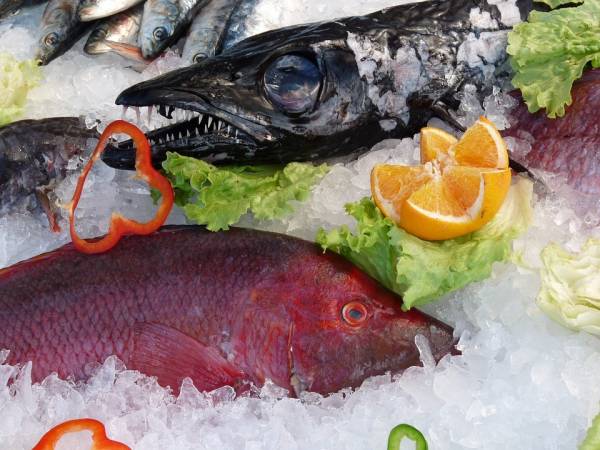
And seafood state even more expensive. “Recently, one of the producers of Packed red caviar admitted that in December, when the main sales of this product, total sales (in tin, glass and bulk) were lower by 20% than the end of 2015. A similar trend is observed in the current year, including all other kinds of seafood (shrimp, mussels, etc.) within plus or minus 5%,” — said Doroshenko.
According to the expert, to talk about increasing consumer demand not necessary. If the exchange rate of the hryvnia to fall further, the fish will automatically be more expensive. For example, a chilled Norwegian salmon were most sensitive to rate fluctuations, because such fish being taken each week.
Leading companies-importers of fish and seafood see an alternative in fish farming in Ukraine.
